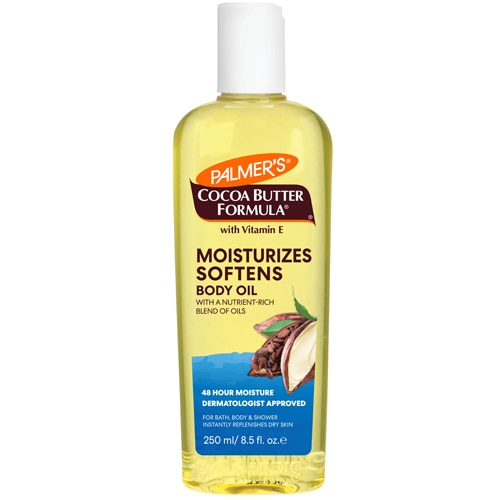A staple in most medicine chests, your introduction to vitamin E probably occurred in childhood when your parents used it on a wound, sunburn or bug bite. While new research out of the University of Miami Medical School reveals that vitamin E isn’t as beneficial for wound healing as we once thought, your parents were right about one thing: The potent antioxidant is a godsend for your overall health. Here’s the basics on this mighty vitamin—and how to bring more of it into your diet.
What are some vitamin E benefits?
One of the greatest benefits of vitamin E is its antioxidant properties. Jam-packed with essential compounds, it helps ward off cellular damage from free radicals. Translation? It acts as a bodyguard for healthy cells. Vitamin E also naturally supports immune and eye health, blood pressure and reproduction (indeed, the vitamin’s fundamental role in reproduction was one of the first known facts about it).†
Further, vitamin E assists in your body’s ability to use vitamin K, while it’s often recommended to women with preeclampsia (high blood pressure during pregnancy) and to those who want to lessen the side effects of PMS and painful periods. And while vitamin E may not be the wound healer we once believed it was, topical vitamin E is a superb moisturizer—and, as such, ubiquitous in skincare.†
How much vitamin E per day do I need?
The recommended daily intake for men and women 14 years old and up is 15 mg. Breastfeeding mamas, meanwhile, need a touch more at 19 mg per day.
What are the signs that I’m not getting enough?
While vitamin E is found in an abundance of food—more on this below—75 to 90 percent of Americans (and six billion people worldwide) aren’t getting enough of this crucial vitamin. At the same time, a critical deficiency is rare, and typically only strikes those with cystic fibrosis, liver disease, obesity and metabolic syndrome (and low-weight, premature infants). The signs that you aren’t getting enough include muscle weakness, an unsteady gait, loss of muscle mass and vision problems, as well as “strange and unpleasant sensations in the arms and legs, impairment of the sense of touch and anemia,” Harvard Health reports.
What vitamin e foods should I reach for?
Lucky us: vitamin E abounds in a variety of food—and delicious foods at that. While it’s richest in nuts and seeds (such as hazelnuts and sunflower seeds), it’s also found in wheat germ (which tastes fantastic on oatmeal), dark leafy greens like spinach and broccoli, butternut squash, avocado, mangos, Atlantic salmon, peanut butter, canned pumpkin and red sweet pepper. Additionally, eat more eggs: Research out of Purdue University reveals that eggs increase Vitamin E absorption by four to seven times. Just be sure you’re consuming the yolks too: The healthy fat content in the yolks aids in the transportation and assimilation of the vitamin.
Is it possible to have too much vitamin E?
Yes—but it’s doubtful unless you’re over-supplementing. While vitamin E is “likely safe” for most people when “taken by mouth or applied to the skin,” WebMD reports, taking high doses by mouth (regularly more than 400 international units) may be unsafe and can result in an increased chance of hemorrhagic stroke (by as much as 22 percent). (Simultaneously, vitamin E can reduce the chance of having an ischemic stroke). High doses can also cause “nausea, diarrhea, stomach cramps, fatigue, weakness, headache, blurred vision, rash and bruising and bleeding,” WebMD asserts.
Should I take a vitamin E supplement?
As Anthony L. Komaroff, M.D., puts it, “There is no doubt we need a certain amount for our health to protect us against symptoms of vitamin deficiency. Most of us get that amount in our normal diet.” However, if you have a digestive issue that may be impairing your ability to absorb vitamin E—such as Crohn’s or celiac disease—consult with your doctor to see if you would be a good candidate for a vitamin E supplement. If you’ve gotten the green light, be sure to go with natural vitamin E, which is twice as effective as its synthetic form. No surprise there—the healthiest things in life are almost always au naturel.†
†These statements have not been approved by the Food and Drug Administration. These products are not intended to diagnose, treat, cure or prevent disease.




